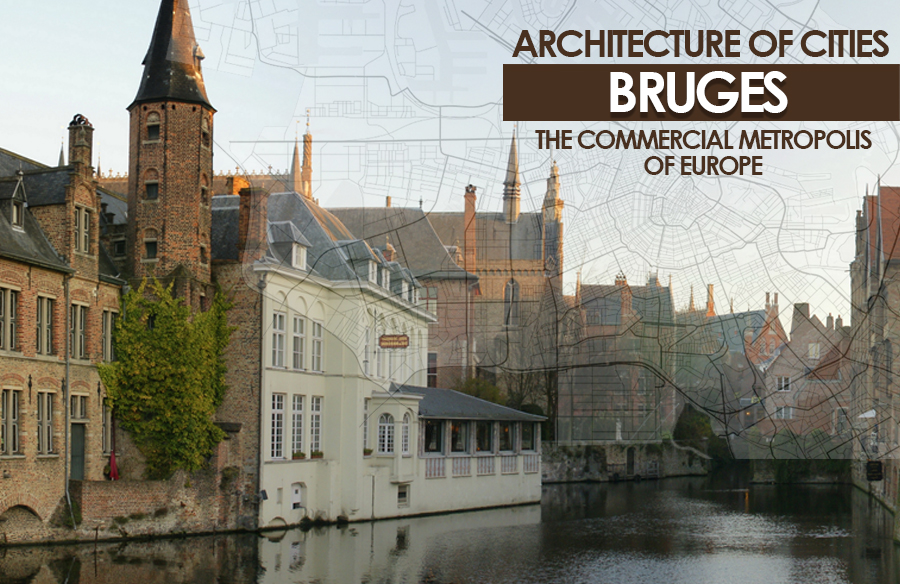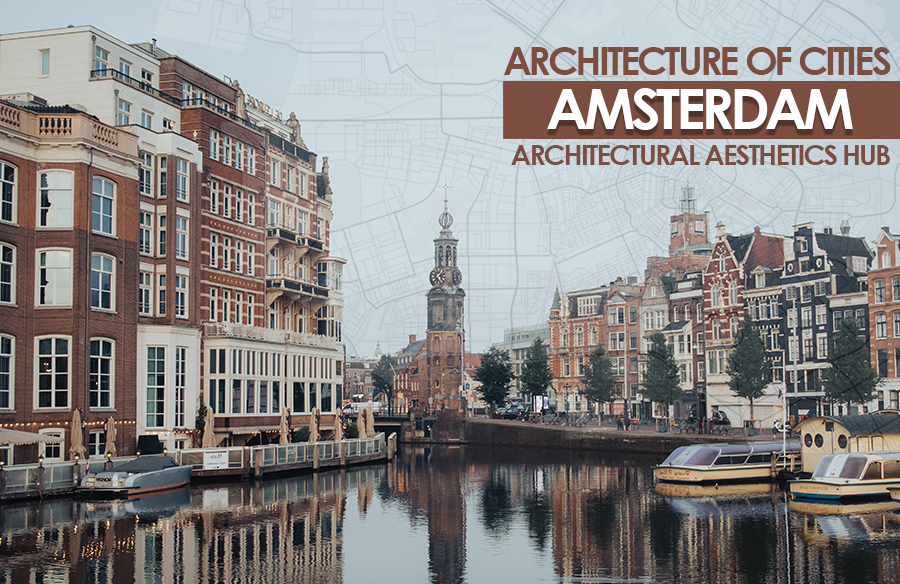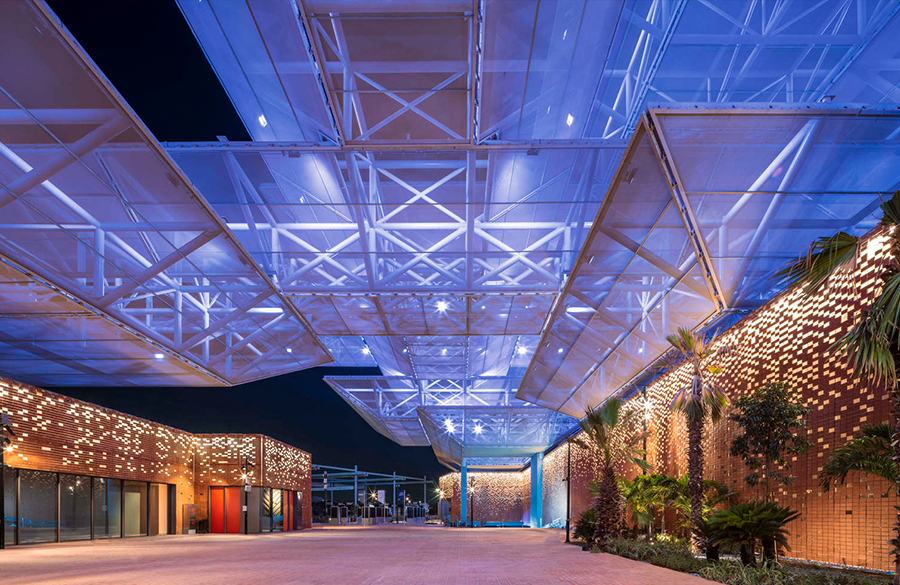When one hears Belgium, what comes to mind? Certainly, waffles and chocolates. Bruges is no exception to that. Indeed, it’s got a lot more on its plate. Bruges was the commercial metropolis of Europe. It is the seventh-largest city in Belgium in terms of population. Bruges is one among the canal cities of the world, like Amsterdam and St. Petersburg, called “Venice of the north.” It has a historic centre which is declared as a world heritage centre by UNESCO.
Burges is popularly known as the college of Europe as it has a plethora of educational institutions. Apart from the historical and architectural background Bruges is known for its romantic canals, natural and artificial, traditional markets, boutique shopping, food, beer, and museums.

History of Bruges
Bruges is a culmination of English, French and Flemish-speaking people. The word “Bruges” originated from the Viking word for the wharf. In the 14th century, Burges comprised 40000 people, which equalled that of London in those times. It was the economic powerhouse of Europe back then, serving as a middle man for the trade taking place between north and south Europe.
In the 12th century, it was one of the wealthiest cities as it was the textile market, and the canals were used for smooth transportation of goods.

The 12th-15th century is considered the golden age of Bruges when commerce and Flemish art flourished. During that century, it housed dukes of burgundy as it was their favourite place. The Golden Age of Bruges came to an end in the 16th century, when its harbour silted up, so the port was moved to Antwerp, and Bruges’ economy collapsed.
In the 17th century, it tried to gain back the power of its glorious past as the lace industry was booming. In the 20th century, tourists discovered the glory and attractions of Bruges, and today its main economy is tourism. More than 8 million tourists visit Bruges every year.
Architecture of Bruges
In 1562, a canal directly connected the market square to the port of Zeebrugge on the North Sea, easing the transportation through waterways. Bruges was encircled by a fortified moat. Canals were built all over the city as trade was the backbone. Bruges was the world’s first city for stock exchange. Bruges has his medieval character maintained and cited as the world heritage site by UNESCO.
This historic centre preserves the gothic forms that were a major part of the city architecture. It also holds the trials of how trade has played a role in architecture. The brick gothic architecture was the style of northern Europe. In the 19th century, a Neo-gothic style was developed as a part of a process in restoring the historic buildings of Bruges.
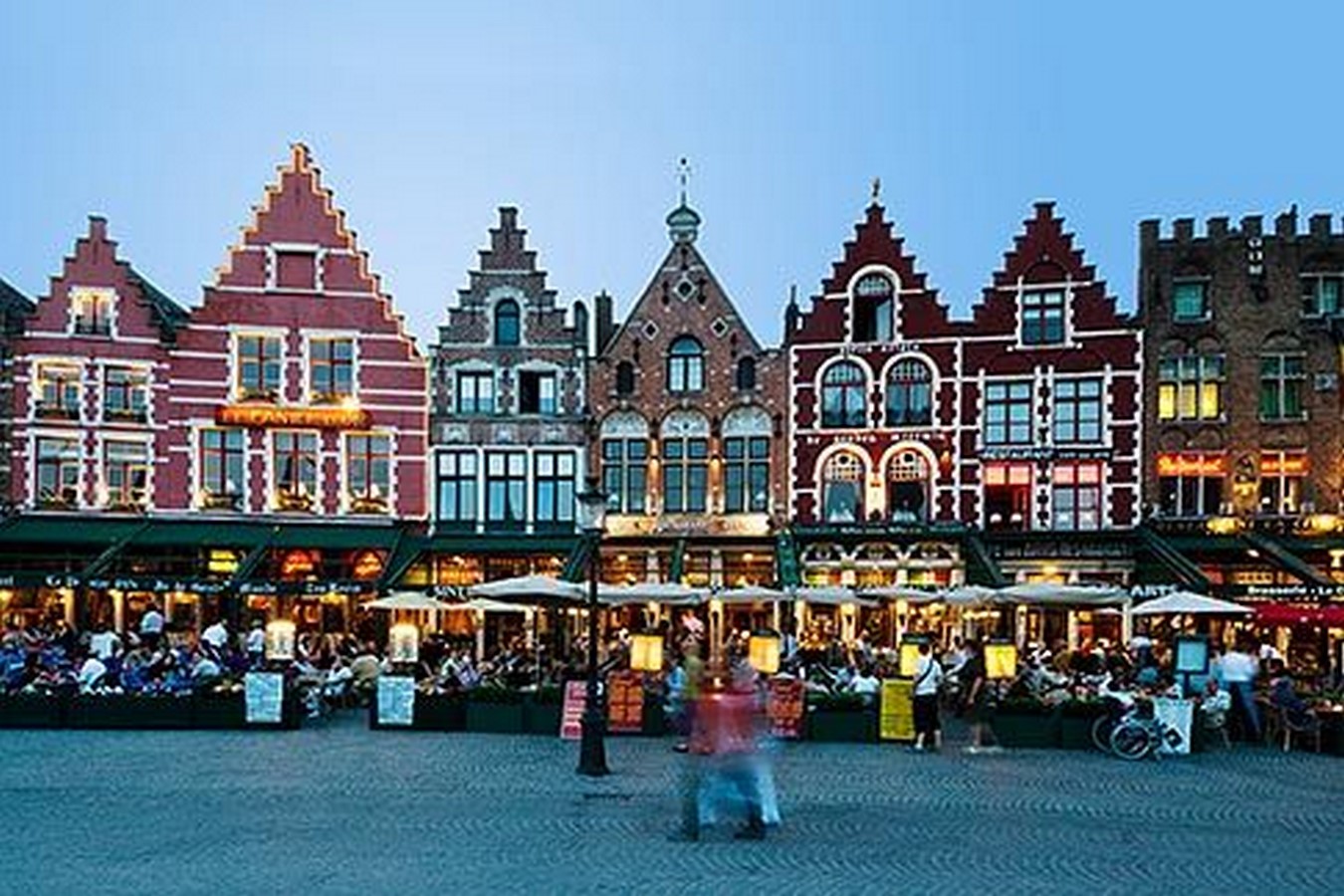
The skyline of Bruges is dominated by an 83 m tall 13th century-built belfry of 366 steps to reach the top for a panoramic view of the city that overlooks the market square. This square was used as a marketplace since 958, where tournaments, fairs, and executions took place. This market square of Bruges is of old gabled buildings—medieval architecture style streets made of corbelled stone which has at least one chocolate shop around its corner.
Close to the market square is the Burg square, which is the birthplace of Bruges’ history, politics, culture, and religion created with six centuries of architecture.
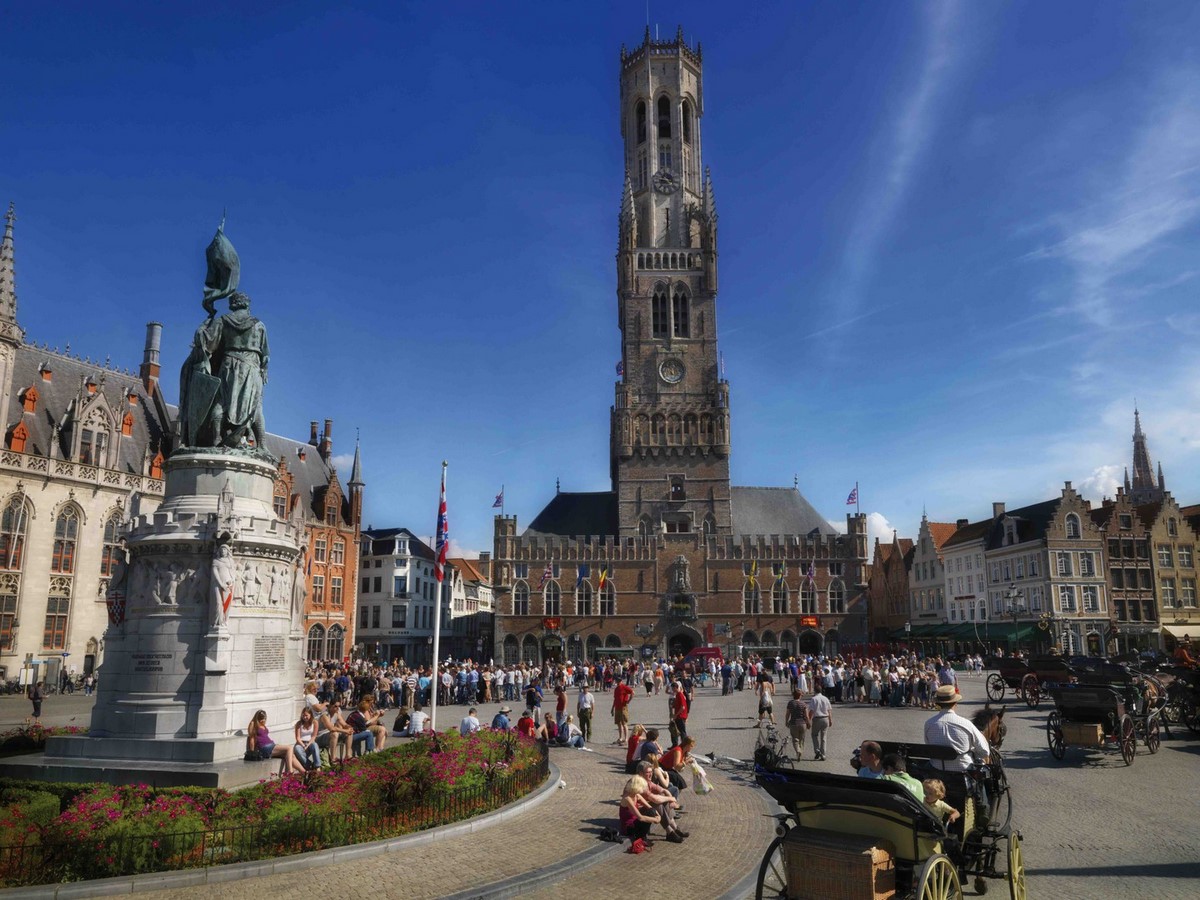
The basilica of holy blood, which was built from the year 1134 – 1157, has a lower and upper chapel where the lower chapel’s heavy columns and round arches show it was of Romanesque style. The town hall built in the 15th century is where Europe’s first government was convened and an adjoining room exhibits old maps and paintings of the city. Lace wears became a trend in the 1500s and lasted for 200 more years.
Today people are still keen on learning the art. The church of our lady, the second largest church in the world, has a 400 ft tall brick tower that acts as a memorial of the power and wealth of Bruges.
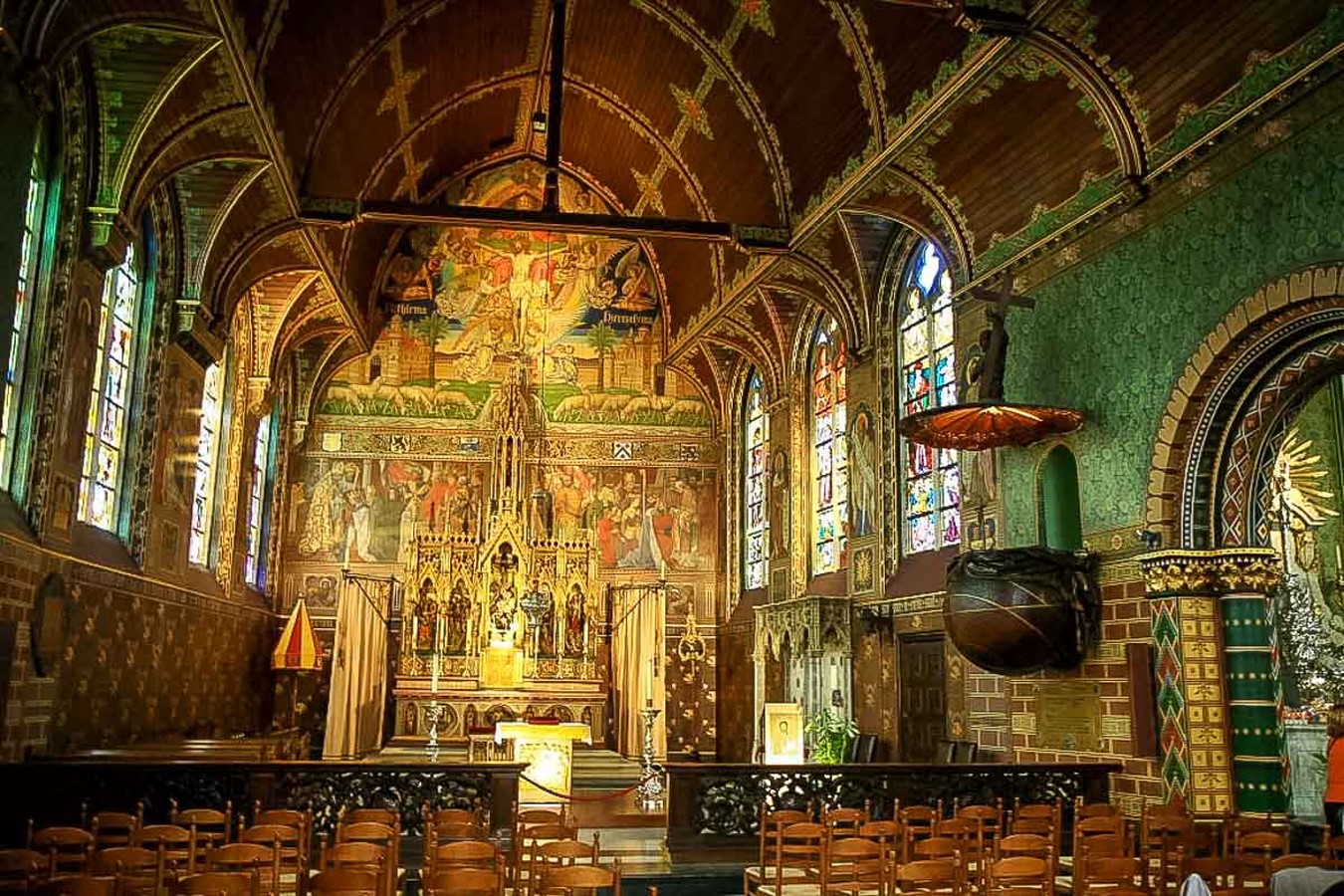
The Gruuthuse Museum, situated at the back of the church, was a mansion of a wealthy merchant of Bruges. It is now a museum with a private chapel from which mass can be attended from the comfort of his home. A picturesque spot of Bruges is the Beguinage, founded in 1245, which is entirely white-coloured houses surrounding a tranquil covent garden. The Burgher’s lodge, built in the 15th century, is of gothic style occupied by the prominent members of the society.
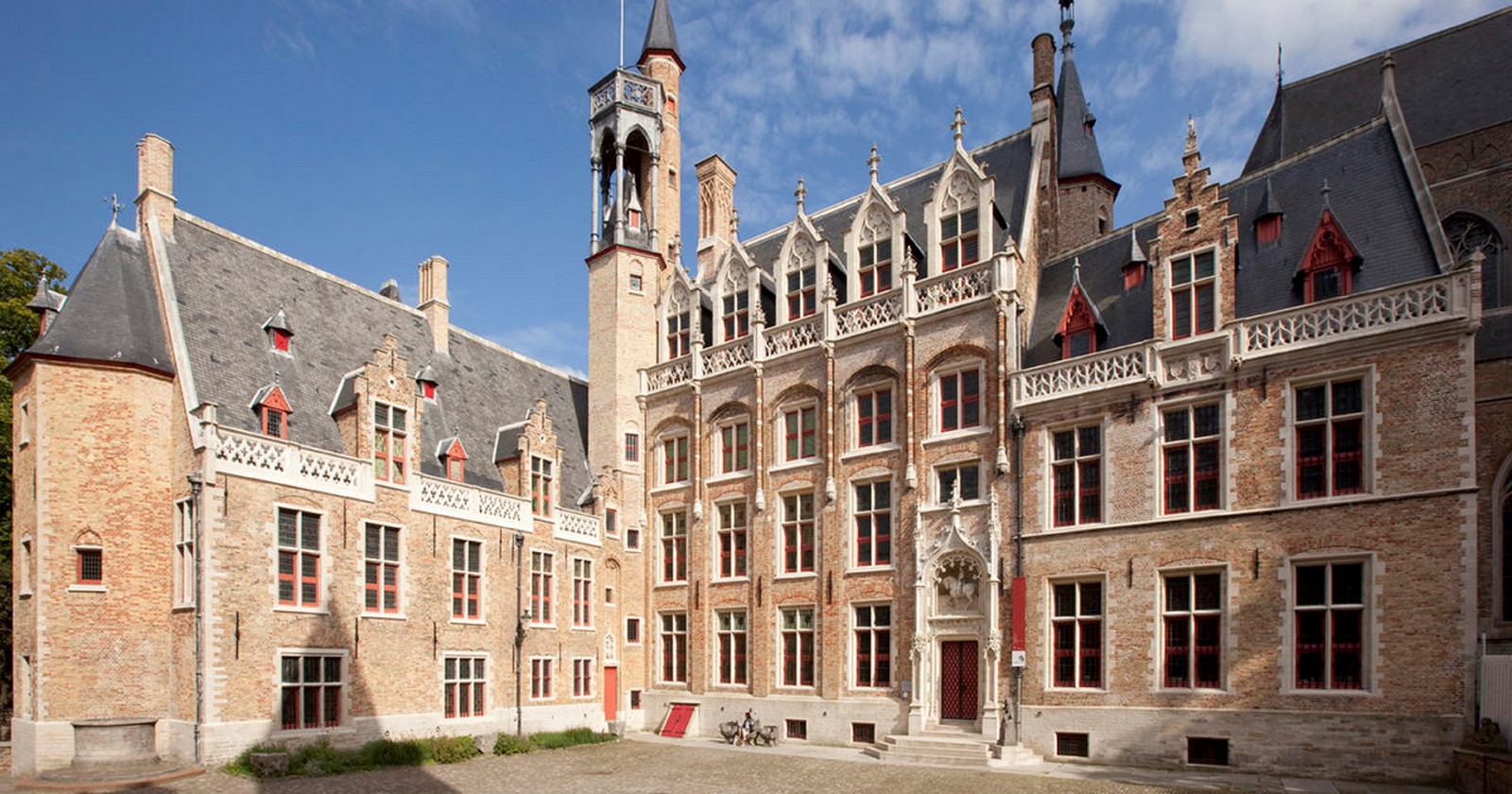
Social, Culture and Political Dynamics
Bruges is the cultural hub and commercial hub of Europe. It is the birthplace of western art as it housed the Flemish masters. Oil painting was a new technique mastered by the Bruges artists like Jan van Eyck and Rogier van der Weyden. Cultural diversity is found all around Bruges. Textile and brewing are the pillars of the livelihood of Bruges. They mastered the art of crafting lace fabric and exported it around the world.
The fish market is always active. The fishes are always fresh and quite costly. The first barrel of fish caught is auctioned and the amount is given as charity. This city is known for its dedicated craft. Like textile, beer, chocolate, Flemish fry (French fries) making apart from its architectural history. There are around 120 local types of beer of myriad flavours. They show their creativity in making chocolates and beer.
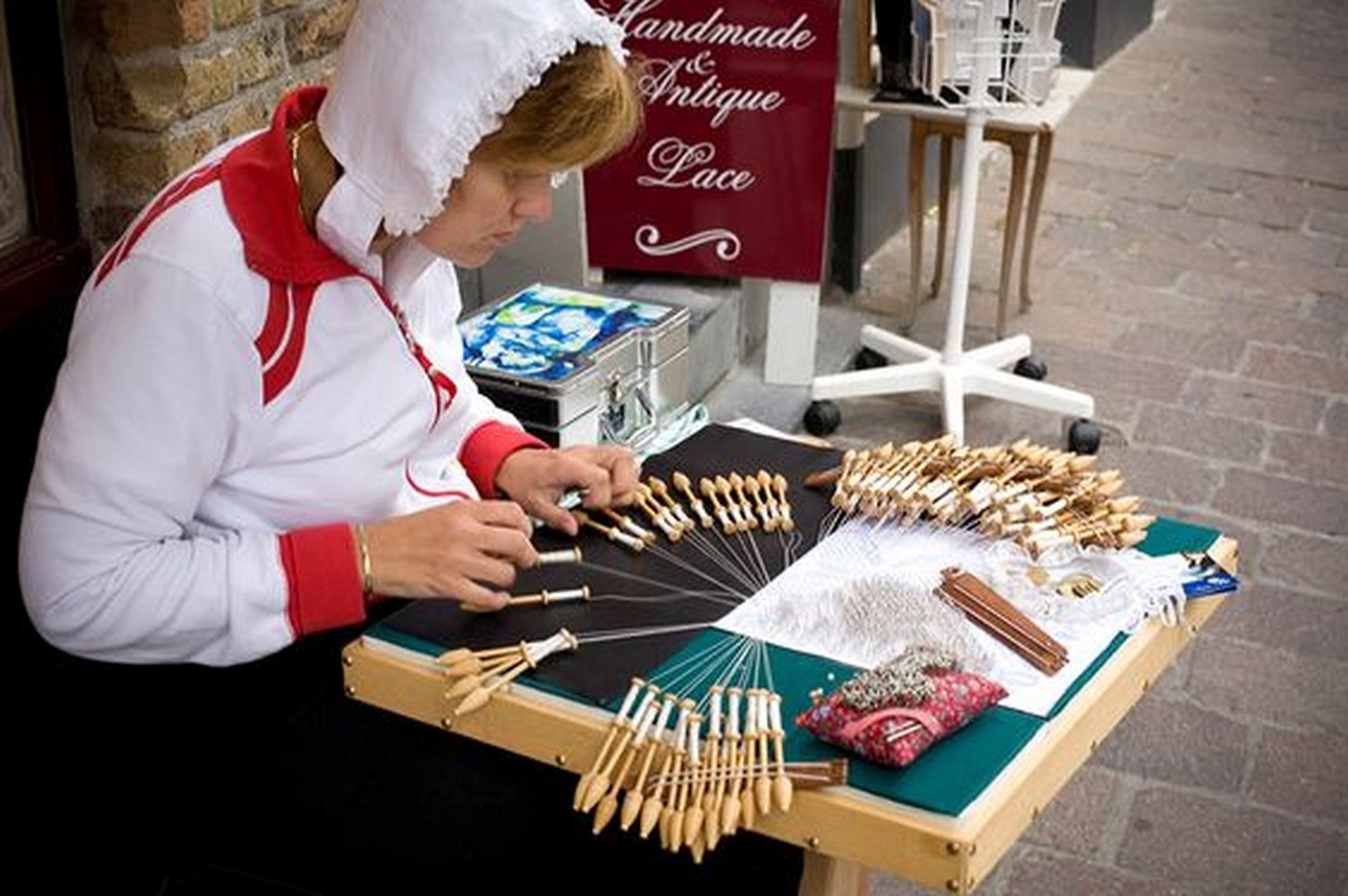
Society, culture and politics have their part to play with the evolution of the city. Merchants played an important role in the social setups of Bruges. The city attracted merchants from different backgrounds across the globe who established their grounds of work in the city, thus paving the way for diversity. They started their communities and created their laws. These helped in social upheavals.
References
Anon, (n.d.). Available at: http://www.brollops-resor.com/2012/03/den-romantiska-staden-brugge-i-belgien.html.
Anon, (n.d.). Available at: https://commons.wikimedia.org/wiki/File:Old_map_of_Bruges_by_Braun_%26_Hogenberg.jpg.
Anon, (n.d.). Available at: https://emmajaneexplores.com/trip-to-bruges/.
Darthet, J. (n.d.). Available at: https://theculturetrip.com/europe/belgium/articles/an-architectural-tour-of-bruges-gothic-landmarks/.
Anon, (n.d.). Available at: http://anne-mariewithadash.blogspot.com/2010/09/bruges-belgium.html.
Anon, (n.d.). Available at: https://visit-bruges.be/see/churches/basilica-holy-blood.
Anon, (n.d.). Available at: https://www.museabrugge.be/en/visit-our-museums/our-museums-and-monuments/gruuthusemuseum.


